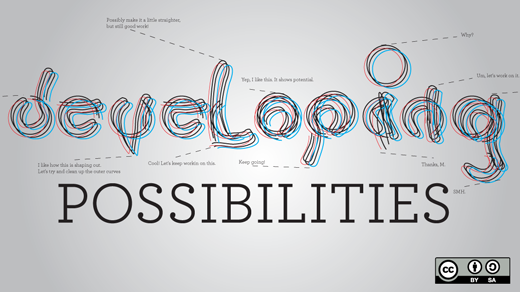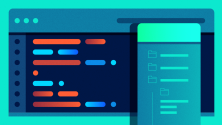Assistive technology software is any program or operating system feature designed to let a user with cognitive, sensory, or physical impairments use a computer system. Innovations in assistive technology software can make a huge difference in the daily lives of these people.
Most assistive technology software is not cross platform because it is often closely integrated with the operating system and screen display sub-systems. Commercial developers also face the challenge that the potential user base is not large, so prices can be high, which restricts the user base even more. Open source and freeware developers have more freedom in developing assistive technology projects, but to be successful they still need to achieve a critical mass of users. One way to tackle this problem is to expand the user base to include communities across the world that cannot afford the high prices of commercial assistive technology software.
The two operating system ecologies that I am most familiar with are Linux and Microsoft Windows. For Linux users, Knoppix and Ubuntu can be installed with screen reader support for users with visual impairments. Or, Vinux is a specialised distro for them. To many, NVDA means Non-Violent Direct Action, but it also stands for Non-Visual Desk Top Access. NVDA is an open source screen reader for users with visual impairments that was first developed by Michael Curran and James Teh in Australia and released in 2006. Since then, the non-profit organisation NV Access, supported by corporate and individual donations, has continued to develop NVDA, which has now been translated into more than 43 languages and used in 120 countries. NVDA has also won awards in Australia, Taiwan, and the USA as well as has been SourceForge project of the month. There were commercial Microsoft Windows screen readers before NVDA, but they were very expensive. NVDA has worked with other companies too, like Adobe, IBM, Mozilla, and Yahoo, to improve the accessibility of their software.
In 2009, WebAIM conducted a survey of screen reader usage that had 665 responses, mostly I suspect from North America. The commercial market leader came in with over 60%, while NVDA only managed fifth place with 2.9%. By 2012, when the survey was repeated (with 1782 responses), the situation had changed and NVDA climbed to second place with 13.7%. Coming from nowhere, into a market already dominated by a large commercial player, without a marketing or sales team, showed impressive growth. With a small survey, it is easy to overanalyse the results, but NVDA seems to be more popular in Asia than Europe and North America, suggesting that it was reaching new users that the higher priced market leader was not.
Outside of users with visual impairments, NVDA is proving popular with website developers who want to test their designs for accessibility (a legal requirement in many countries).
Access Apps is another useful resource. It is a compilation of over 50 different assistive technology software programs, compiled by the Techdis group of JISC (Joint Information Systems Council) in the United Kingdom, for students in need of assistive technology. The collecton contains a mix of open source and freeware programs, all of which can be run as portable apps from a USB device. The entire collection is available for download (817mb download, 1.24gb extracted), or choose each program individually. The programs have been selected to support reading, writing, and planning as well as sensory, cognitive, and physical impairments, and they include the NVDA screen reader and many others.
The most useful thing about a resource like Access Apps is that it makes finding assistive technology programs easy and quick. Assistive technology professionals like me have established networks and spend time trawling the Internet for news and innovative projects, but most users and support workers do not have time for this and want to find what they need as quickly and easily as possible.
In the small but vibrant assistive technology community, open source programs are alive and well. Tell a friend!







Comments are closed.